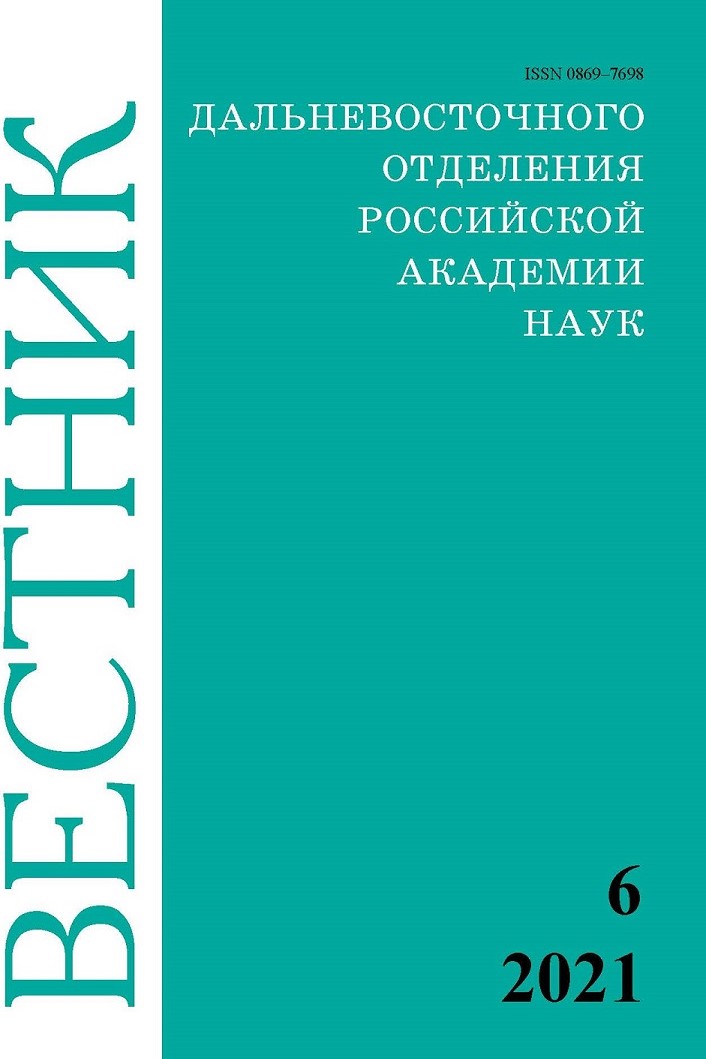Migrations and features of the winter food allowance of the pheasant (Phasianus colchicus L.) in the south of Primorsky Krai. V.A. NECHAEV, P.G. GOROVOY
Keywords:
Pheasants, migrations, features of a winter food allowance, Primorsky Krai, Russian Far EastAbstract
Migrations and features of the winter food allowance of the pheasant (Phasianus colchicus L.) in the south of Primorsky Krai. V.A. NECHAEV1, P.G. GOROVOY2 (1Federal Scientific Center of the East Asia Terrestrial Biodiversity, FEB RAS, Vladivostok, 2G.B. Elyakov Pacific Institute of Bioorganic Chemistry, FEB RAS, Vladivostok).
Results of observations over migrations of pheasants in the southwest areas of Primorsky Krai are presented. The reasons for this phenomenon, which in separate years gets mass character because of adverse weather conditions, first of all, early and plentiful snowfalls. Bird movements usually begin in the end of October–November at snow height of 10–15 cm and proceed in December. Pheasants migrate, basically, in southwest and western directions flights number from 10 up to 30, less often up to 100 and more individuals. Features of a winter food allowance of pheasants in various habitats are considered. In agricultural areas the basic food of birds – seeds of cultural, and to a lesser degree, wildgrowing grassy plants (legumes, Poaceae, Polygonaceae) and fruits of bushes and trees. There, where farmland borrow the small areas, birds eat, mainly, fruits and seeds of wild-growing grassy plants, as well as juicy fruits of wood plants. It is established, that pheasants in mass quantity eat seeds of weeds, including, ambrosia wormwood – a quarantine plant which pollen causes allergic diseases (pollenosis). The basic distributors of ambrosia seeds – house and wild animals to which wool, owing to cloves of seeds, the seeds are cling.


